The Wine of Portugal
As with many of the wine regions we’ve discussed on the blog before, Portugal is interesting for many reasons. To some oenophiles, you already know the region as a fantastic producer of various types of wine. Others might be surprised to learn that Portugal has much more to offer than just different bottles of Port!
The wine of Portugal is diverse, delicious, and often delightfully affordable. The region is also home to a sophisticated quality categorization system that is both a testament to the quality of their wine and to the innovation of the Portuguese winemaking culture.
From Tinto Duoro to Branco Beira, the many bottles of the region are also (surprisingly) the product of cultural and historical tension in the region. Let’s take a look at what makes the wine of Portugal so special.
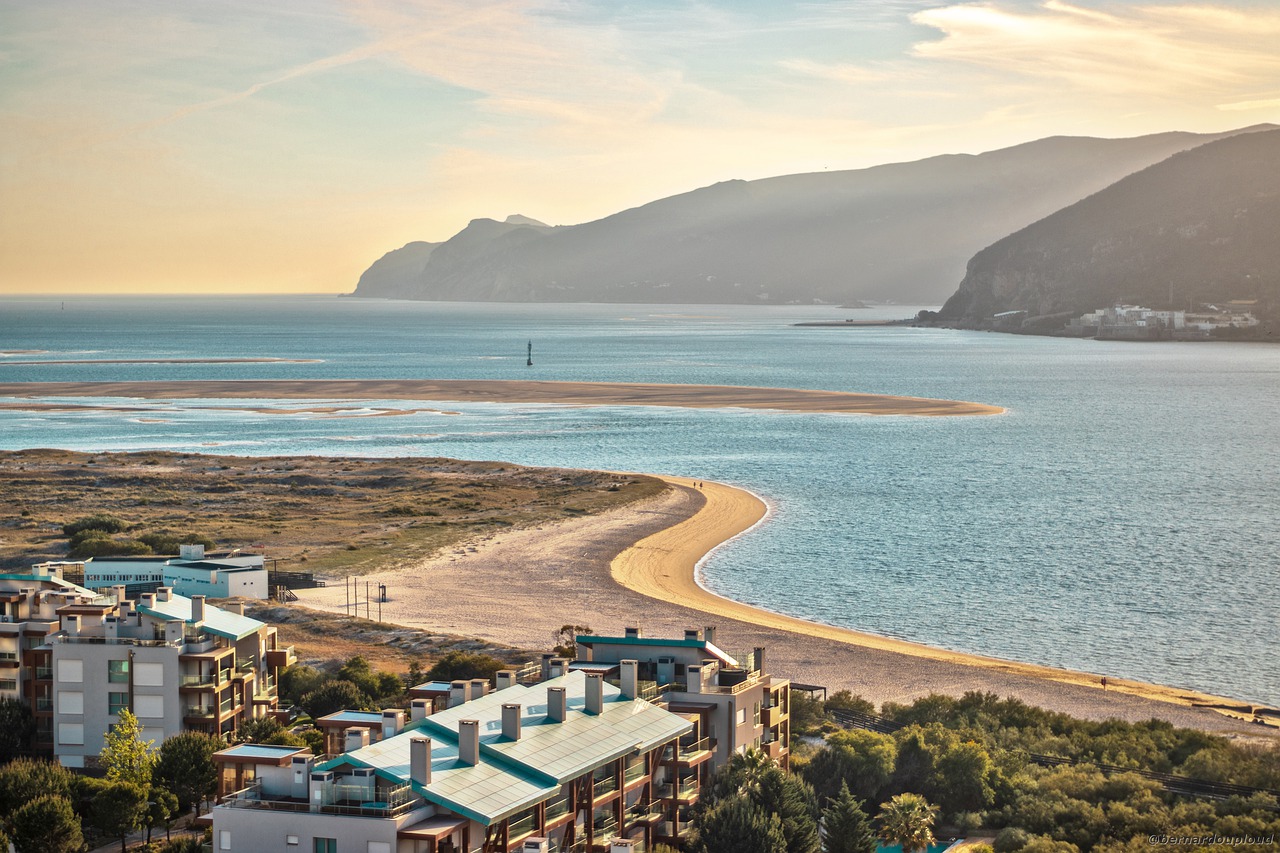 The History of Portuguese Wine
The History of Portuguese Wine
It isn’t uncommon to find the roots of fantastic wine regions in the ancient civilizations that culturally preceded them, but in the case of Portugal, the history isn’t so cut and dry.
Around 2000 years BC is roughly the first time that winemaking was practiced in what would later become Portugal—specifically in Sado and Tejo by the Tartessian. Whether this claim holds water, however, depends on who’s telling you the story. With so much ambiguity and conflict in the history of Portuguese winemaking, this origin story could very well be myth.
Fast forward a couple thousand years, and the Phoenicians seem to have seized the trade of the Tartessian (which included seizing the wine). A few hundred years after that, the Greeks arrived and solidified winemaking culture as a popular practice. The Celts were soon to join as well, bringing a wider variety of grapes and winemaking techniques along with them.
The next taste of usurped power and cross-cultural conflict comes with the Romans and the conquest of the peninsula shortly after the turn of the Common Era. In terms of winemaking, this conflict brought plenty of winemaking technological advancements. Improvements in just about every part of the process were included.
The spread of Christianity into the region would formalize winemaking and drinking as an essential practice through communion. Though Arab influence would later come to ban fermented drinks for a time, exceptions would be made for Christians. Wine would move on to become the most exported product of the region, up until further religious conflict came to damage crops, including vineyards.
The official founding of Portugal in 1143 would bolster production and make it a popular commodity throughout Europe. In fact, except for some unfortunate complications (like the 19th century phylloxera plague), the quality and status of Portuguese winemaking would continue to improve from this point forward.
Fast forward to today, and the region boasts a sophisticated classification system that helps regulate world-class quality wine recognized throughout the world.
Portuguese Wine Classification
The classification system in Portugal places wine in three different categories:
- DOC
- Vinho Regional
- And
DOC
Denominação de Origem Controlada can be translated as “controlled denomination of origin,” which means the process of making these wines is carefully regulated and tracked. There are strict geographical regions in Portugal that can produce wine under this category, and they must follow grape and yield guidelines for the sake of quality control.
These bottles are the best of the best when it comes to Portuguese wines. Make sure to check some out if you can get your hands on some!
Vinho Regional
Portugal is split up into 14 winemaking regions, hence the term vinho regional (regional wine). These regions each have their own regulations, though they’re generally be less strict than those of DOC wines. This means that all DOC wines are also Vinho Regional wines, but not all Vinho Regional wines are DOC wines.
The decreased regulation does mean that some of these wines will be of lower quality than the DOC wines, but that does not translate to bad wine. In fact, the looser regulations allow winemakers operating in this category to undergo exciting experimentation, producing innovative bottles that DOC winemakers haven’t had the liberty to explore.
Vinho
The broadest category of wine is simply called vinho, or “wine.” That is to say, if it’s wine, it’s wine. All DOC and vinho regional wine is vinho, but not the other way around.
This is the most basic categorization of table wine, which means you probably won’t be seeing these bottles on wine cards outside of Portugal.
The Different Wine Types of Portugal
With so much history behind the winemaking culture of Portugal, it isn’t surprising to find a wide variety of wines to explore. Its unique geographic location allows the country to grow grape varieties that can’t survive anywhere else in the world. This makes for a lot of unique bottles to choose from—try and pick out a grape variety that you don’t recognize!
Port
Of course, the most widely recognized of the wine types coming out of Portugal is Port. This fortified treat is a delight for anyone looking for dessert in a glass after dinner. Tawny Port, Vintage Port, and LBV Port wines are some of the best and tastiest red Ports of the region.
Not all Port comes from red wine, however, as Port coming from white wine and rosé will have you know. These different Port styles are often used in refreshing cocktails with a friendly ABV.
Tinto Douro
Think of the bombastic character of a red wine Port, but without the fortification. These Port grapes make from incredible full-bodied red wines that are sure to impress.
The price range on these is pretty wide. You can find fantastic bottles for less than $15, and you can find world-class bottles for quite a bit more, too. In any case, it’s certainly something to try and get your hands on!
Douro Blanco
Need something less full-bodied? Douro Blanco might be the way to go. These are light-bodied whites with minerally and fruity flavors that are also high in acidity. Douro Blanco bottles are a bit harder to find, but well worth the search.
All three of these types are fantastic wines and ones you should definitely try when you get the chance. Amazingly, they’re all from one single Portuguese winemaking region: Douro.
There are many more wine regions to explore, each with their own varieties of wine to offer. One of the best parts of Portuguese wine is that there’s always something new to taste—and always a new variety to fall in love with.
We say “cheers” to more wine exploration!
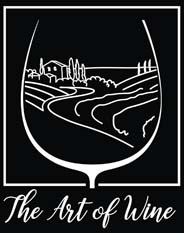
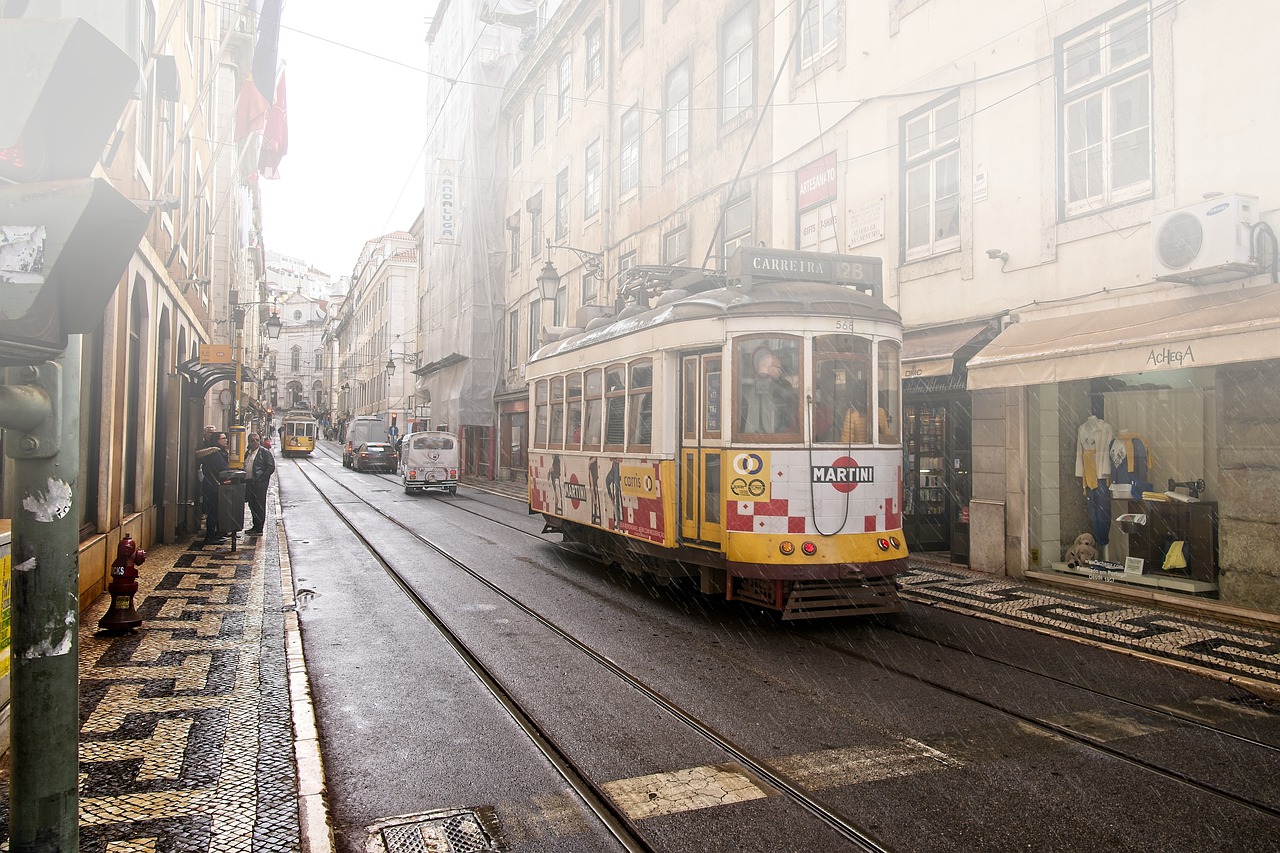
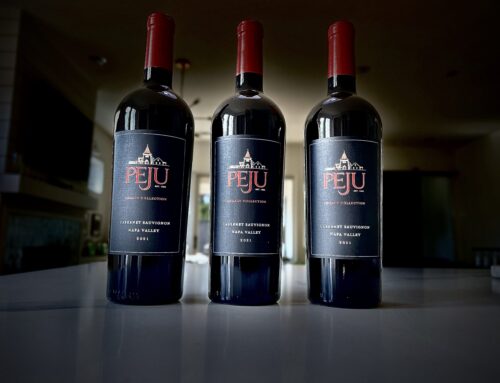

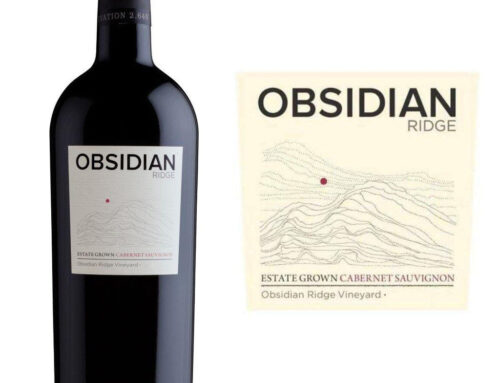


Leave A Comment